
In Honor of International Rum Day, Let's Look at the History of Rum
In honor of National Rum Day, August 16th, here's a brief history of rum.
What is Rum?
Rum is made by fermenting and distilling molasses, or sugarcane juice from a species of grass called Saccharum officinarum. Depending on where you are in the world the sugarcane may be harvested once or twice a year, or possibly continuously.
Recipes vary, and many factors go into producing a unique spirit that reflects the country and distiller who made the rum. Some rums are produced from molasses, and others from sugarcane juice. Yeast strain, temperature, dilution rate, fermentation length, aging length, aging vessel (usually oak), and still type (pot still or column still) all affect the final product with some distilleries producing heavy, dark, sweet rums and others producing clear light rums and everything in between.
Rum is widely produced around the world but primarily comes from countries that grow sugarcane.
A Brief History of Rum
According to Wikipedia, rum-like spirits and wines produced from fermented sugar can be traced back thousands of years to the Malay People from what is currently Malaysia. People in India were drinking alcohol made from fermented sugar as far back as 350 BC. Marco Polo recorded having tried a rum wine in the 14th century, and a rum-like drink was produced in Brazil in the 16th century.
The Rum that we enjoy today is widely believed to have originated in the 17th century on Caribbean sugar plantations, particularly in the West Indies. The development of rum was an offshoot of the sugar production process. As sugarcane was cultivated and processed to extract sugar, molasses, a by-product of sugar production, was left behind. This molasses, which contained fermentable sugars, became the primary ingredient in the production of rum.
The early production of rum was often carried out on small-scale pot stills by individual plantation owners or in makeshift distilleries. The process involved fermenting the molasses with water and wild yeast, then distilling the fermented mixture to produce a spirit with a higher alcohol content.
Rum quickly gained popularity in the Caribbean and became an essential part of the region's economy. It was consumed locally and also became a sought-after export commodity. The British Royal Navy played a significant role in popularizing rum, as they provided a daily ration of rum to their sailors, which became known as the "tot."
Over the centuries, rum production techniques and styles evolved. As sugarcane cultivation spread throughout the Caribbean, different regions developed their distinctive styles of rum. For example, Jamaican rum is known for its robust and full-bodied flavor, while Barbadian rum tends to be lighter and more refined.
American Rum Production
In 1664 the first rum distillery opened on Staten Island, followed by another in Boston Massachusetts 3 years later. Rum was a widely used currency in the slave trade and distillers in Newport, Rhode Island created an extra strong rum that was used as a slave trade currency.
The Triangular Trade
The Triangular Trade refers to the trading of goods along a three-sided route from Britain to West Africa, west Africa to America, and America to Britain. In the 18th century, high demand for sugar, molasses, rum, and slaves was a significant driver of the Triangular Trade where rum was often used as currency to purchase slaves for the American colonies.
Molasses Act of 1733 and the Sugar Act of 1764 Caused the American Revolution (not really)
To combat stiff competition between rum and French brandy (French brandy consumption was falling in favor of rum) France banned the production of Rum in their New World colonies. This led to an excess of molasses that was now not being used to produce rum.
New England distillers were able to purchase this molasses at cut-rate prices and undercut other rum-producing countries. British rum producers objected, of course, which led to the Molasses Act of 1733, a prohibitive tax imposed by Britain on rum imported from the West Indies to the 13 American colonies. This new tax made rum production extremely difficult and resulted in smuggling, bribery, and intimidation of customs officials so the new tax went largely uncollected.
The Molasses Act was set to expire in 1763 so the Sugar Act of 1763 was introduced. The Sugar Act halved the tax on Molasses and promised stricter enforcement. The economic hardship on New England rum producers as a result of the tax, responsible for about 80% of New England exports, along with other perceived injustices may have been a factor in the start of the American Revolution.
Naval Rum
Rum became the drink of choice for the Royal Navy after it captured the island of Jamaica in 1655, and switched the daily ration of liquor given to seamen from French brandy to rum. Navy rum was a blend of rums from different distilleries across the West Indies.
100 proof rum, discussed in the gunpowder test, below, was considered to be the minimum 'proof' at which gunpowder would ignite, but what percentage of alcohol that equated to was unknown.
After the invention, and refinement of the hydrometer, it was possible to determine alcohol content very accurately. In 1816, Bartholomew Sikes' newly developed hydrometer was used to measure 100 proof rum to be 57.142857% alcohol by volume (ABV).
In recent years, some distilleries have incorrectly marketed some spirits (both rum and gin) as Navy Strength - 57% ABV. However, the British navy did not supply it's sailors with rum at 57% ABV. It's likely they didn't even know for certain what the ABV was.
In the 1939 Royal Navy Victualling manual, it states that on February 19th, 1866, the strength of rum supplied to sailors was fixed at 4.5 under proof. This means "Navy Strength" after 1866 was 95.5 proof, or 54.5% ABV.
The Gunpowder Test - Myth vs. Fact
It is a widely written tale that the gunpowder test was used on British navy ships in the 1700's and 1800's to verify the alcohol content in the sailor's rum ration.
A Primer on Gunpowder
To understand what the gunpowder test is, you first need to understand what gunpowder is. Gunpowder, or black powder, is a low explosive comprised of 3 ingredients, blended at a specific ratio:
- 15% charcoal: fuel, made up of mostly carbon
- 75% potassium nitrate (KNO3): oxidizer - when burned, KNO3 releases oxygen
- 10% sulphur: fuel, but also lowers the required ignition temperature, which increases the rate of combustion
What is the Gunpowder Test?
Potassium nitrate is water soluble. If it gets wet enough and the potassium nitrate dissolves, the powder will not work. As the story goes, if the rum has a high enough alcohol percentage, then the powder would still ignite. If the alcohol percentage was too low, then the potassium nitrate dissolved and the powder would not ignite.
If gunpowder soaked in rum could still be lit, it was considered 100 proof. Rum with a higher than 100 proof alcohol content was called 'overproof' rum. However, this only meant that the alcohol concentration was high enough for the powder to still light, it did not determine what that alcohol concentration was.
Veracity of the Gunpowder Test
The gunpowder test was a horribly inconsistent, unscientific, and unreliable test due to a multitude of factors such as inconsistencies in powder grain size, variation in the length of time the gunpowder was allowed to soak in the alcohol, ratio of powder to rum, relative humidity in the air, etc.
Real Reason for the Gunpowder Test
It is quite likely that the true use of the gunpowder test was more about verifying the quality of the gunpowder, not the rum. After all, it's called the 'gunpowder test.' If the powder still ignited after soaking in overproof rum, and being allowed to dry out, then it had a high enough concentration of potassium nitrate, and was of good quality.
On board a navy ship, it would have been far more important to verify the quality of the gunpowder vs. the quality of the rum. On top of that, the only way to be sure of the reliability of the test would be to know for certain that the rum was overproof, which negates the need for a test to verify the quality of the rum.
Categorization and Regulation
It's difficult to define what constitutes rum because of a lack of meaningful standards. Many countries either don't have specific standards for rum and if they do, there is no standardization between countries.
This leads to a wide variation in rum with many regional varieties produced from either sugarcane juice or molasses, aged or not aged, light or dark (or something in between).
Grades of Rum
Dark Rum – usually made from caramelized sugar or molasses and aged for a lengthy time in charred oak barrels.
Light Rums – slightly sweet with little flavor
Gold Rums – medium-bodied rum aged in wooden barrels, usually oak that may have been previously used to age Bourbon. These rums are somewhere between dark and light rums and are sometimes referred to as amber rum.
Styles of Rum in the Carribean
Flavored Rums – usually flavored with fruit and generally used as a base for cocktails.
Overproof Rums – high-proof rums intended for use in mixed drinks.
Premium Rums – marketed as a bespoke spirit, premium rums usually have more character and flavor and are intended to be consumed straight.
Spiced Rums – somewhat of a novelty product, rum flavored with spices such as cinnamon, rosemary, absinthe/aniseed, and others.
Today, rum is produced in countries around the world, but the Caribbean remains the heartland of rum production. Each Caribbean Island has its unique rum traditions, producing a diverse range of styles, from light and floral to rich and full-bodied.
The history of rum is closely intertwined with the Caribbean's cultural heritage, as it played a significant role in the region's economy, trade, and social fabric. Rum's storied past, from its humble beginnings on sugarcane plantations to its global popularity today, makes it a beloved and iconic spirit enjoyed by people around the world.

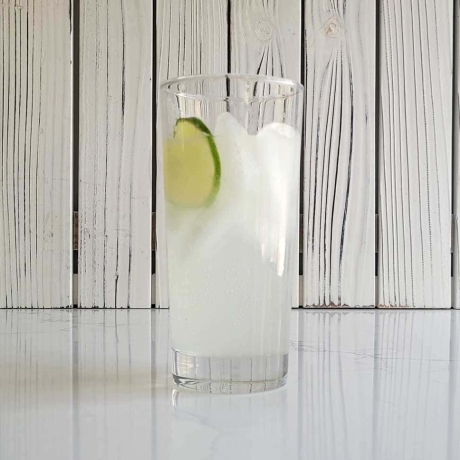
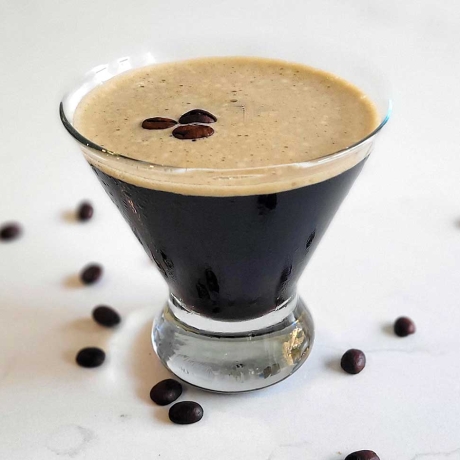
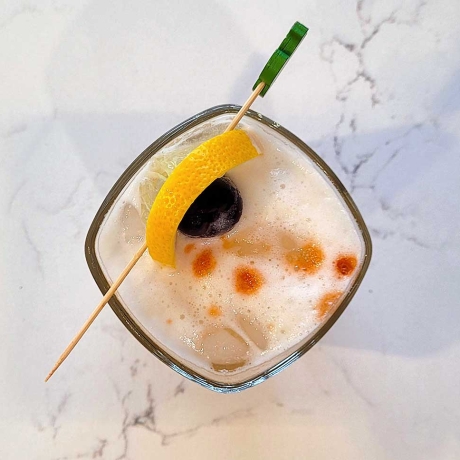

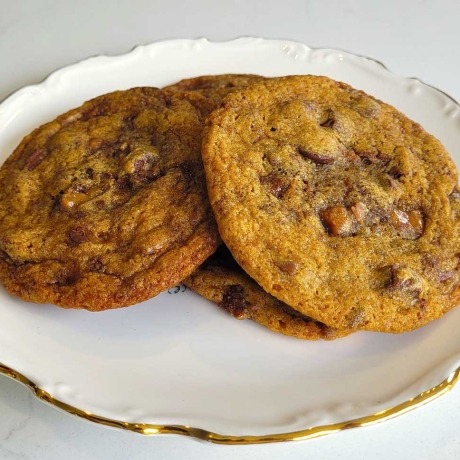

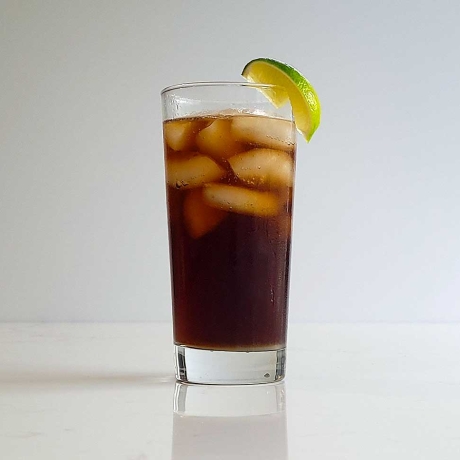

Comments
Be the first to leave a comment.